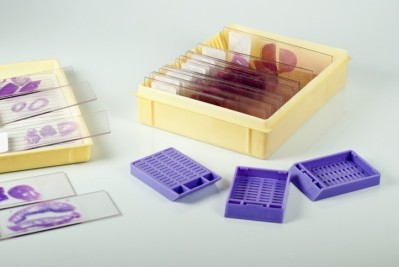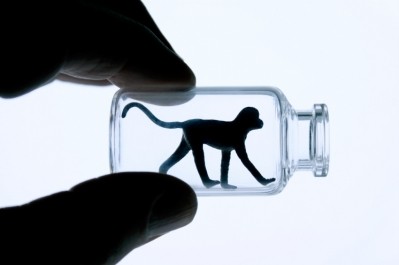Thermo rolls out predictive liver toxicity assay
According to the US Food and Drug Administration (FDA) liver toxicity is the most common reason for both the discontinuation of clinical trials and the withdrawal of approved drugs from the marketplace.
The problem, which is highlighted in the FDA’s critical path initiative, is that liver cells used to test for toxicity lose their activity very rapidly, limiting the amount of assays that can be performed and thereby reducing accuracy.
This means that potential toxicities can be missed as candidates move through the development cycle putting trial participants and, in some cases, patients at risk of injury. This is a major concern for drugmakers, as is the impact that an undetected DILI risk can have on research efficiency.
For example, a 2009 paper in Toxicologic Pathology estimated that, over a ten year period, failure to detect drug candidates’ potential to cause DILI meant one pharmaceutical company wasted some $3bn developing products that were subsequently discontinued or withdrawn.
Predictive assay
Thermo’s new drug-induced liver injury (DILI) assay is designed to address exactly these issues by improving the accuracy of the testing process at the earliest possible stage of development
The assay achieves this by measuring multiple biomarkers derived from a range of hepatic cell lines simultaneously using Thermo's ToxInsight IVT image cytometry platform.
This large amount of biomarker data is then processed using bespoke analysis and visualisation software that predicts the candidate compound’s likely hepatotoxicity in a way that, according to Thermo, is more accurate and informative than other methods.
“Compared to traditional biochemical assays such as cell count, LDH, MTT the ToxInsight IVT platform makes multiple measurements on each cell, generating a phenotype rather than a single measurement.”
The firm also claimed the approach reduces the reliance on late-stage histopathology and animal models by providing physiologically relevant toxicity assays much earlier in the development process.
“The ToxInsight IVT platform not only profiles compounds for their toxicity risk, but it also determines the mechanism of action of any toxicity detected, enabling researchers to rapidly understand the therapeutic index of a compound series in minutes.”









